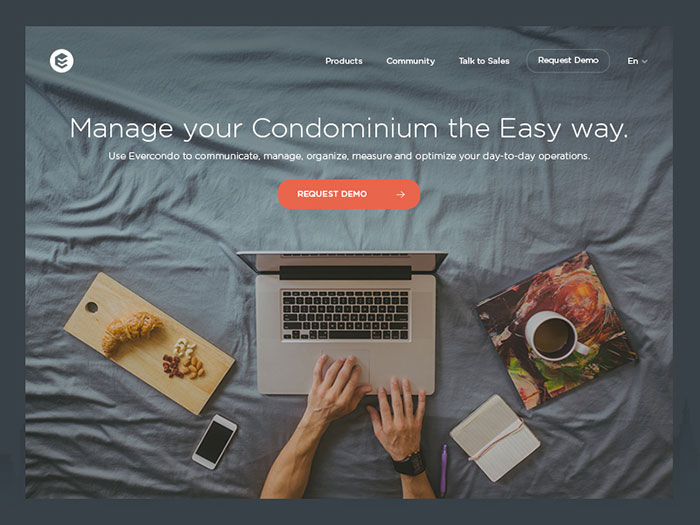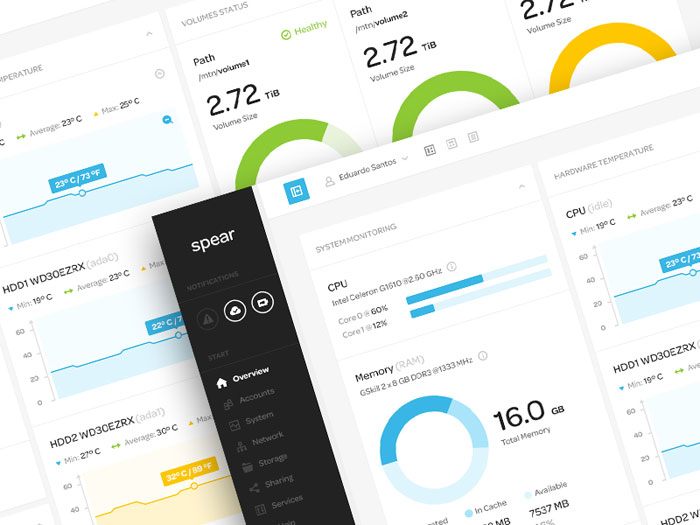The first thing that grabs your attention when you open an app or a website is the way in which it is designed. User experience depends mostly on design and its contribution to the brand’s recognition.
You might design a good looking website, but you should still go far beyond a simple user experience. UX is important because without it, no effort will be enough to produce conversions.
Have in mind that competition is very challenging in recent years-website and app owners are doing the impossible to ensure web traffic and they are investing considerable amounts into a perfect design which can provide unique, involving and productive experience from the very first moment customers open their site.
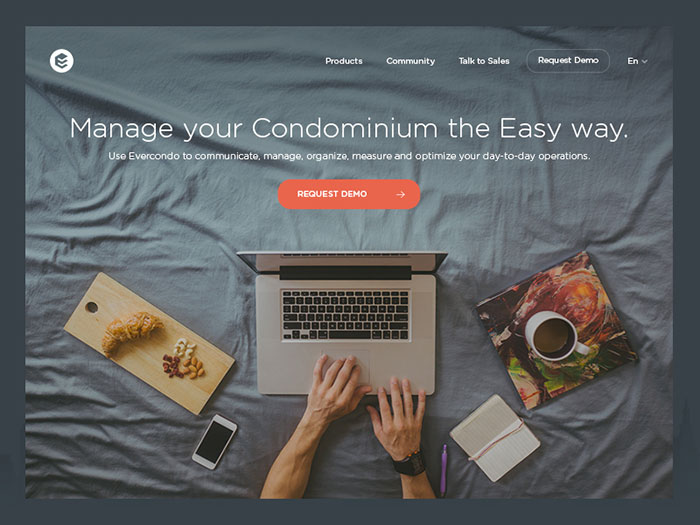
Image source: Balkan Brothers
Designers are aware of the diversity of interests and preferences and they are always on the hunt for outstanding design solutions. However, businessmen are still looking for the answer of their most important question: How do we make the most of our web presence?
What it takes to be a successful designer nowadays
The traditional understanding of a web designer’s role is that he is supposed to design a website. While this statement remains valid, success-seeking companies turn their attention to UI designers, who have to take care of proper app interfaces. However, apps and websites are not different at all-they classify content in menus or funnels and their main purpose is for the visitor to understand what the brand is about and to find what he/she is looking for.
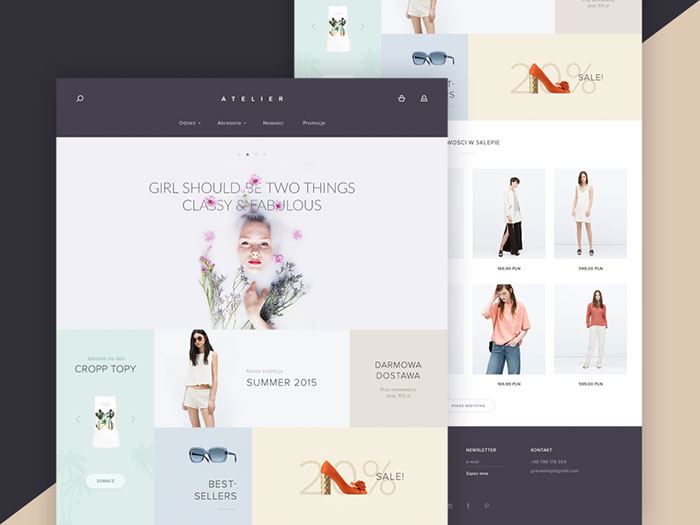
Image source: Michael Korwin
It is not rare to come across an article claiming that the time of web design is over and that web designers will stay in history. We disagree-web designers will remain active and will invest their knowledge and experience into developing UX solutions.
Furthermore, they tend to be the most successful performers of design activities, as companies are more likely to award them the entire design project, then to look for an UI designer.
A comparison between UX and UI design
UX Design means User Experience Design, whereas UI Design is the abbreviation for User Interface Design. The two design disciplines are tightly connected and should be applied together in order to produce excellent results.
Despite this interdependent relationship, they remain different in terms of the time and the way in which they are applied-while UX is more technical and systematic, UI is mostly employed for graphic purposes and it is much more complicated.
User experience design is the technique designers apply in order to keep customers satisfied and loyal, by making the app easily accessible, understandable and usable. The accent is the pleasure customers would experience by interacting with the product.
What is user experience design?
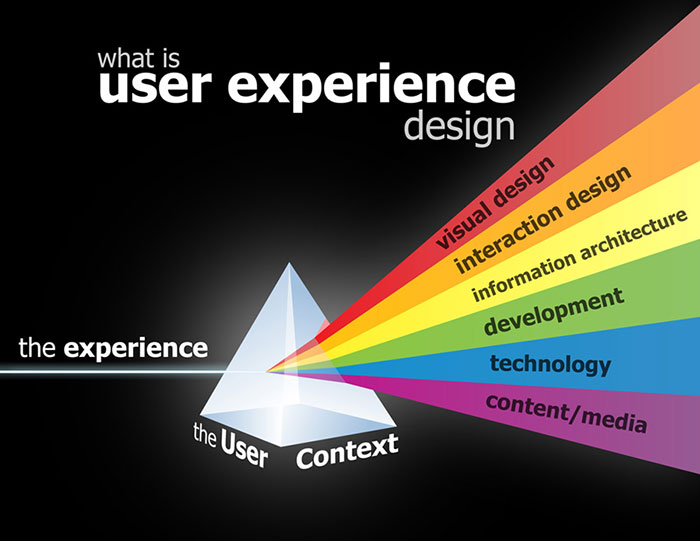
With the improvement of industry and methodology, web presence gains importance and complexity. Static, straightforward mediums are evolving into wealthy and interesting experiences.
The shortcut to success, however, remains unchanged-everything depends on how users perceive your work. “Does the website provide the information I need? Is it easily accessible? Is it pleasant to be here?” All of these questions come to our user’s mind and their answers influence the decision on whether they should use the site in future or not.
Successful user experience designers should be able to make them say “Yes”. In fact, this is the purpose of our guide-to help you familiarize with this contemporary discipline and to apply traditional knowledge of Web-based systems for the design of a perfect user experience.

It’s simple, isn’t it? You probably already noticed there is no connection to digital technology, at least not a direct one. However, the same as in other profession, we cannot distill the process from a brief mentioning.
User experience includes every aspect of the final interaction with a brand, or the services/products it is offering.
It means that UX Design has the role of a medium which enables every interaction between current or future customers and the particular company. It is not rocket science-it is the traditional approach in every business.
The contribution of UX to traditional web design
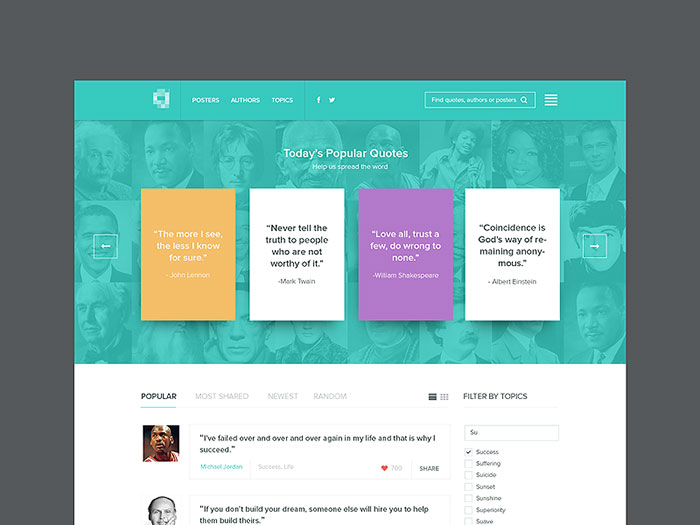
Image source: Ramil Derogongun
Web designers have different approaches and they employ different tools in order to achieve the perfect design solution. What is common for all of them is the research on users’ needs and preferences and comparison with existent brands and designs. However, this simple procedure changed significantly once UX arrived on the scene.
This updated approach introduced few meaningful phases in web design. It turned out that clients are the ones who provide guidelines for the experience they expect, and designers should discuss UX with them.
Based on this information, designers should be able to understand what users are expecting from their work and which the best way to present the purpose of a particular website is (providing information, enhancing discussion, generating leads, etc).
UX is important for web designers
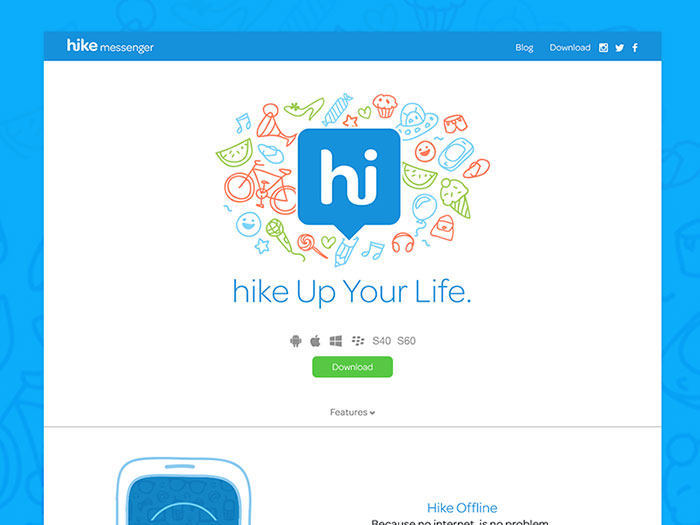
Image source: Sandeep Virk
Do we even have to discuss this? We live in a time when business is absolutely customer-focused and where everything depends on what the customer wants or needs. Web design is the visual interaction in this process and it must not stay behind.
Still, experienced designers would not take this statement for granted-long before the codification of customer-centered design, usage, and web accesses, web sites were produced differently. Preferences were not so valued, and there were only two important criteria: to include what the designer finds appropriate; and to discover something customers like.
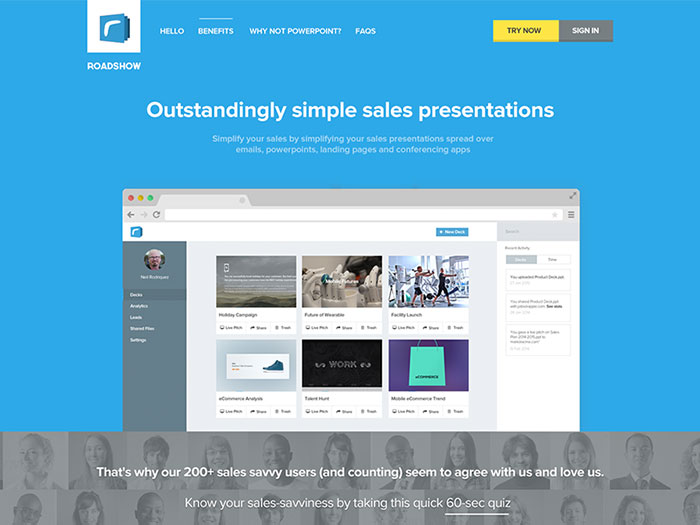
Image source: Vineeth Gopal S
Long story short, designers were the ones to decide on the success of their projects. They preferred aesthetical and luxurious solutions and they didn’t really know how users felt about them.
Now that UX took the lead, designers should reposition their focus on the audience. This goes far beyond researching basic information, such as income, gender or age. A professional designer ought to empathize with his users-he needs to know their personality, their hobbies and interests and to adjust the visual side of his work to their expectations.
With all of this information available, he could design a template whose structure complies with the previously mentioned goals, and to test its success among customers. He shouldn’t lose focus from expectations in any moment.
Take everything into account
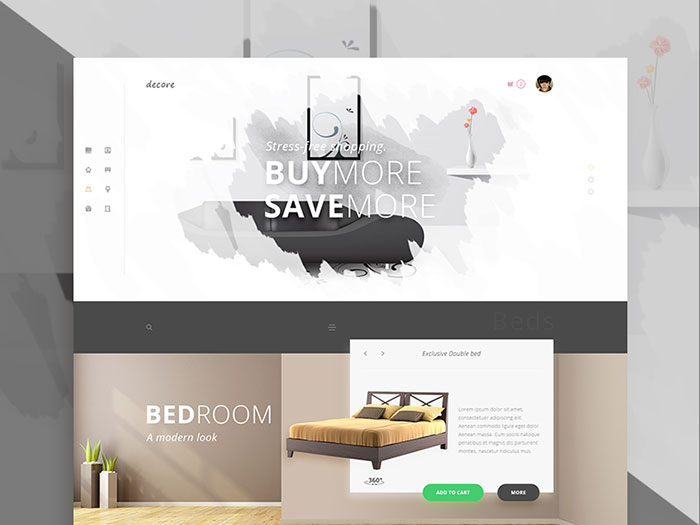
Image source: Malte Westedt
There are more and more ways in which customers access websites: they use various devices, a vast number of browsers and Internet connectivity types.
Therefore, the value of accessibility is increasing-Web-orientated products ought to be universally accessible and should work both for technology geeks with modern devices; and customers with older phones or no access to broadband connections.
This is an expected selection procedure-only websites which can cope with the changes are able to remain on the market. Among them, an additional selection is made based on the pleasure customers experience when they are using them. In fact, pleasure and experience are the leading factors of today’s design.
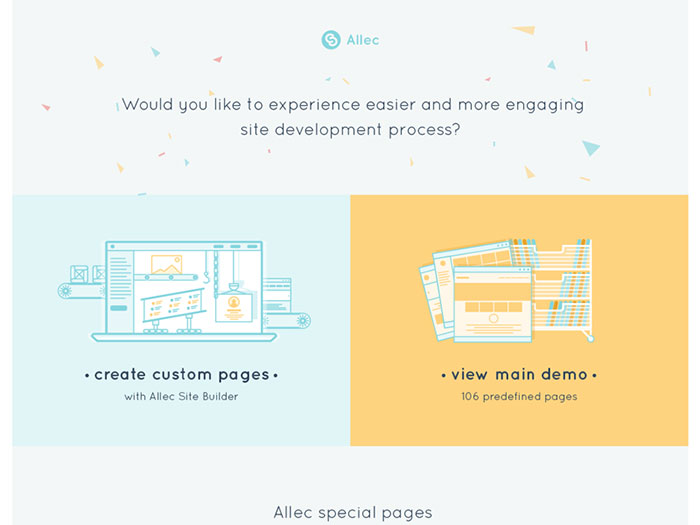
Image source: Olia Gozha
The duties of an UX designer: It mostly concerns the improvement and development of digital technology, but the theoretical and practical side can be applied in many other areas:
- Content and planning: Analysis of the competition, Analysis of the target group, Planning the product’s structure, Developing the content;
- Prototyping and wire framing: Prototyping, Wireframing, Testing, Planning further improvements and development;
- Execution and Analytics: Coordinating UI Designer(s), Coordinating Developer(s), Integrations and goal-orientation, Iteration and analysis.
As it can be seen, UX designers have complicated, challenging and versatile responsibilities. The product’s iteration is always connected to testing and analysis, but practically it is very likely to appear between other activities on the aforementioned list. The overall purpose is to establish a connection between business aims and user’s needs and expectations by testing and understanding the specifications of both sides in the process.
Final thoughts
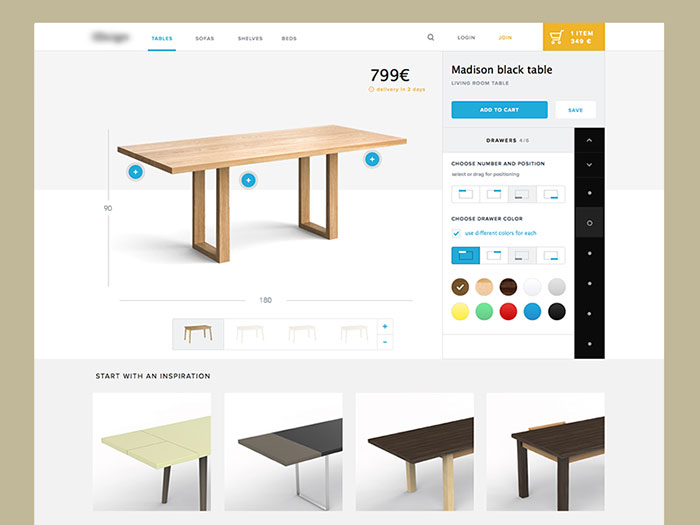
Image source: Louis Currie
UX is important and it is not something you remember once and forever. It is constantly evolving and it requires more and more intuition. It takes time and effort to test the product in order to fulfill the expectations of the ever-growing and changing audience.
What needs to be understood so far is that UX is important for every activity of a particular company (should be, at least). Whatever they do, companies should think about user experience.
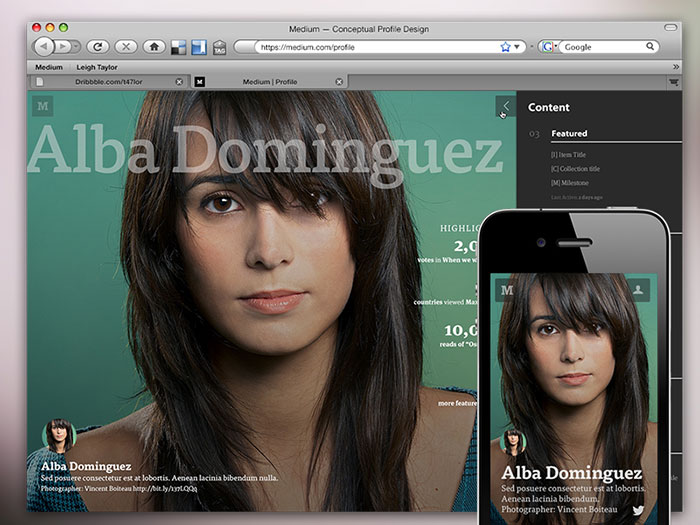
Image source: Leigh Taylor
Web designers have the perfect expertise to develop a successful design strategy and to respond to the needs of outstanding companies on the market.
Whatever a company does, it remains in the stormy sea of competitive businesses which struggle to get as much audience attention as possible. Therefore, it should not expect immediate results, but to be ready to monitor changes and to refine its web presence in order to stand out of the crowd. Eventually, customers will recognize the experience they expected and they will reward it accordingly.
